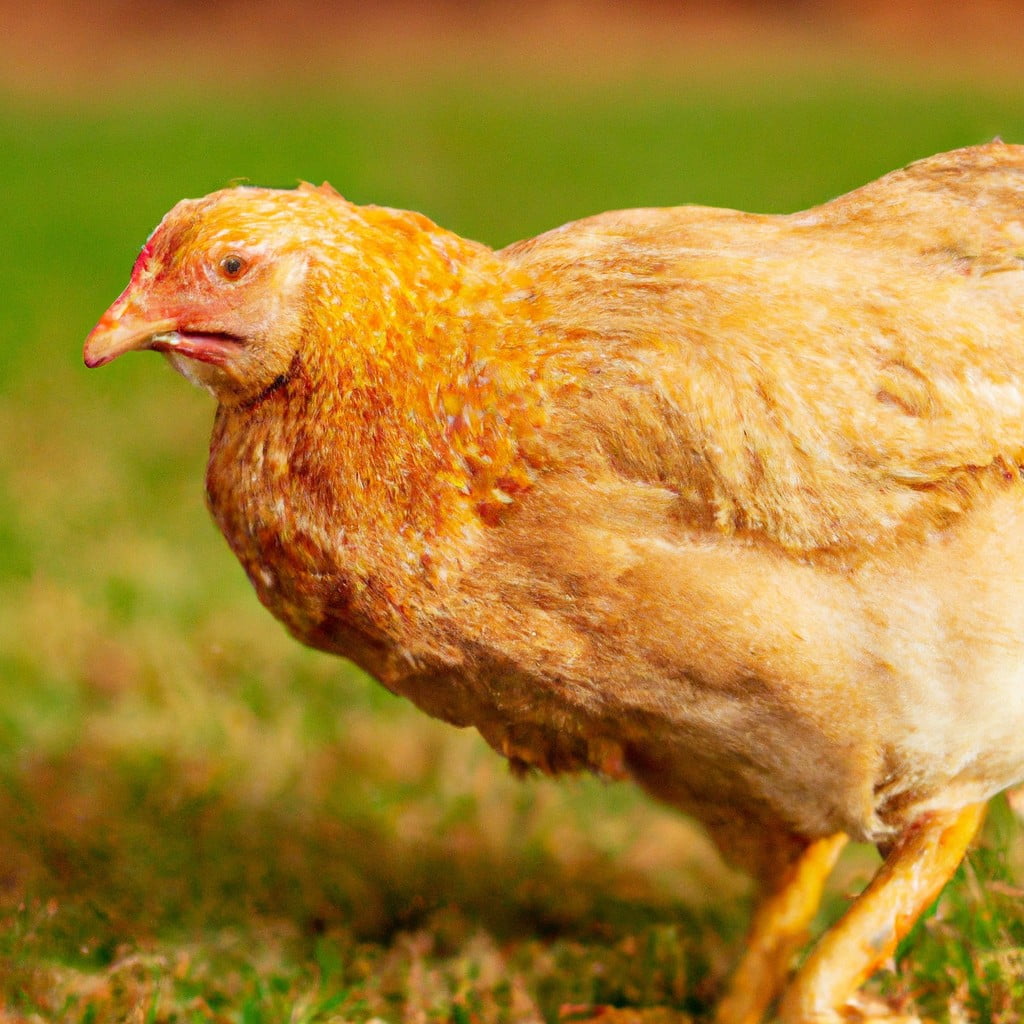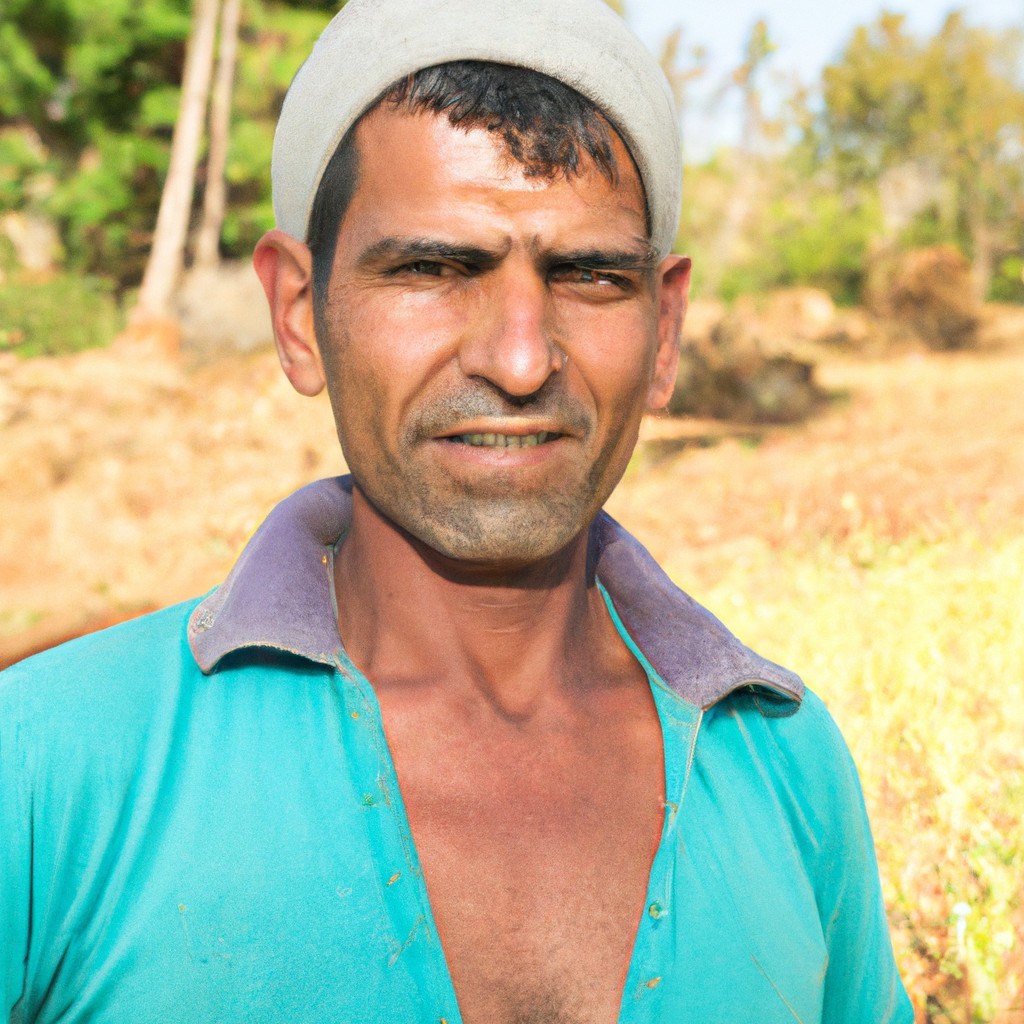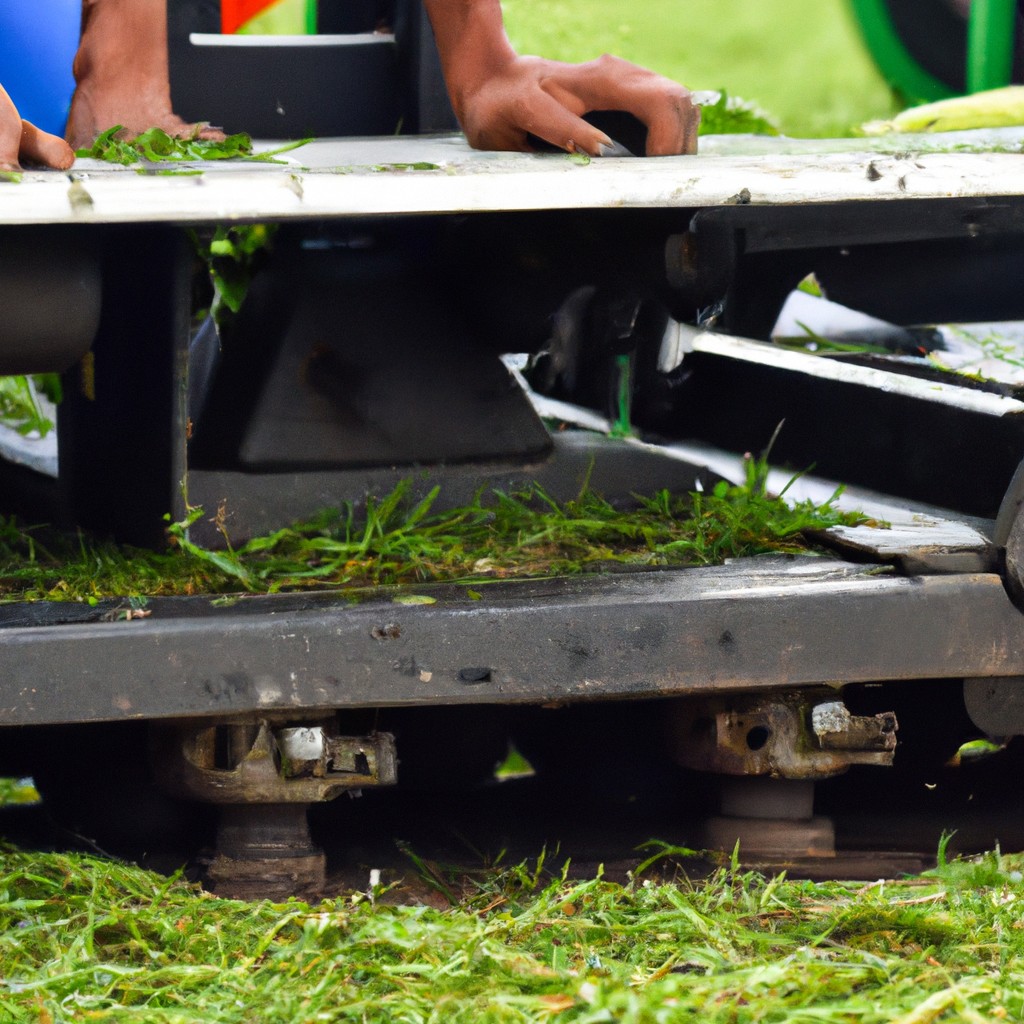Exploring regenerative chicken farming, this article delves into its sustainable practices and long-term benefits for the environment.
Regenerative chicken farming is a sustainable agricultural practice that focuses on the restoration of soil health, biodiversity, and animal welfare. This method not only yields healthier, tastier chickens but also contributes to the fight against climate change by sequestering carbon in the soil.
In this article, we’ll delve into the principles and practices of regenerative chicken farming, exploring its benefits for the environment, the farmer, and the consumer. Whether you’re a seasoned farmer looking to transition to more sustainable practices, or a consumer interested in understanding where your food comes from, this comprehensive guide will provide you with all the information you need.
Key takeaways:
- Use a pasture-based system with mobile coops
- Prioritize soil health for healthier chickens
- Maintain a balanced chicken-to-land ratio to prevent degradation
- Chickens aid in composting and nutrient-rich soil
- Promote animal welfare and natural diets
Look Inside:
Understanding Regenerative Chicken Farming

Regenerative chicken farming redefines the role of poultry from mere livestock to integral participants in a system of sustainable agriculture. It operates on the foundation that chickens, when allowed to follow their natural behaviors, greatly contribute to maintaining farm biodiversity.
Key ideas in this practice include:
- Use of a pasture-based system, where chickens are moved around in mobile coops, or chicken tractors. This helps in disturbing the soil just enough to manage pests, weeds, and stimulate growth while minimizing soil erosion.
- Emphasis on soil health, as rich, fertile soil results in healthier plants, which in turn results in healthier chickens.
- Prevention of overgrazing or land degradation by maintaining a balanced chicken-to-land ratio.
- Chickens aiding in composting processes by breaking down farm leftovers into a nutrient-rich soil amendment.
- Promotion of animal welfare, where chickens are nurtured in a stress-free environment, allowed to express their natural behavior and consume a natural diet.
You can dip your toes into this practice by starting to shift from conventional methods to a more nature-centered approach. Research locally available resources, plan for space, and start with a small flock. Remember: the transition may pose challenges, but the long-term rewards for the environment and the overall farm health are worth the effort.
Importance of Soil Health in Regenerative Farming
Balancing nutrients and organic matter is key for fertile and productive soils. This is achieved through incorporating chicken manure, rich in nitrogen and other nutrients, directly into the soil. Strategically rotating chicken flocks around farm fields helps distribute this natural fertilizer evenly.
Chickens also contribute to soil health by reducing the need for chemical pesticides. They do this by eating harmful pests that disturb crops, in a process that is efficient and natural.
Another benefit comes from poultry’s scratching behavior, which can naturally till the soil. This process not only reduces the labor and energy input typically required for this task but also improves soil health by increasing its biodiversity.
Integrating such practices can transform a conventional farm to a regenerative one, with healthier soils and more sustainable operations.
The Role of Chickens in Pest and Weed Control
Chickens offer a natural and effective way to manage both pests and weeds. As they peck the ground for food, they ingest insects, grubs, and weeds, thereby reducing the infestation on farms.
When unrestricted and allowed to range freely in a field or garden, chickens are likely to come across different pest insects such as aphids, mites, and ants. By eating these insects, they bring down their population, limiting the pests’ destructive capabilities on plant life.
Similarly, chickens also serve as a physical deterrent for larger pests. An inhabited poultry area is typically less appealing to rodents due to the movement and noise from the chickens which disrupt the tranquility enjoyed by these larger pests.
Weed Control is yet another significant benefit offered by chickens. These birds aren’t picky eaters and will consume many weed species as a part of their diet. Their scratching behavior also helps to uproot the weeds, thereby preventing them from establishing a stronghold and inhibiting crop growth.
Lastly, the droppings of chickens enhance the fertility of the soil, making it an unfavorable environment for certain weed species to thrive. The constant scratching and pecking also mix these droppings into the soil, enriching it further.
Thus, the role of chickens in pest and weed control is multifaceted, making them an indispensable part of regenerative farming practices.
Principles of Chicken-centred Agriculture
In chicken-centred agriculture, the wellness of the bird is a focal area while ensuring the overall sustainability of farming methods. The key ideas underpinning this concept include:
- Holistic land use: A chicken-centred approach integrates the birds with other aspects of the farm, such as crop rotation and supplementary animal rearing. Chickens help maintain the land health by naturally controlling pests and enriching the soil with their droppings.
- Ethical Treatment: Prioritizing the well-being of the chickens, providing free range for the birds to move about, forage, and express their natural behaviours.
- Sustainability: Emphasis on a farming system which reduces reliance on external inputs, such as synthetic feeds and antibiotics. It involves using local resources and natural processes.
- Enhanced nutrition: The system encourages the consumption of a natural diet by chickens thereby improving the nutrition value of their products.
- Local breed preservation: Chicken-centred agriculture also includes utilizing local or heritage breeds, which are often better adapted to local conditions and contribute to genetic diversity.
- Active pest management: Chickens play a vital role in controlling pests in an eco-friendly manner without the need for chemical pesticides.
- Improved quality of produce: Emphasizing animal well-being leads to higher-quality eggs and meat, which has benefits for human health.
Advantages of Regenerative Chicken Farming
Regenerative chicken farming comes with a cluster of benefits, both for the farmers and the ecosystem.
Firstly, this farming technique bolsters soil health. Chickens are natural tillers, they help in integrating organic matter into the soil thereby improving soil fertility.
Secondly, it presents a viable solution for pest and weed control. Chickens are adept at foraging for small pests and insects, naturally reducing the farm’s dependence on chemical pesticides.
Moreover, it supports carbon sequestration. As the chickens scratch and integrate organic matter, it promotes carbon-sequestering grass growth, thereby reducing carbon footprint.
In economic terms, regenerative chicken farming can potentially lower the cost of feed. With chickens freely foraging for a substantial part of their diet from the farm, the cost of commercial feed is considerably reduced.
Lastly, it improves animal welfare. Regenerative farming practices allow chickens to exhibit their natural behavior such as scratching, pecking, and foraging for food, leading to healthier, happier hens.
Readers interested in adopting regenerative chicken farming practices can start by allowing chickens to forage freely and work on incorporating organic waste from farming operations into the chicken’s environment. It’s also important to employ rotational grazing, a practice where hens are moved frequently to fresh pasture.
Common Practices in Regenerative Poultry Production
Regenerative poultry production typically incorporates several noteworthy practices aimed at ensuring overall sustainability and health. Initially, portable housing units for the chickens play a significant part. These allow the chickens to be frequently moved to new pastures and that aids in equally distributing their naturally beneficial manure, thereby enriching the soil.
Utilizing the chickens’ natural scratching behavior is another method employed. By doing so, the chickens are encouraged to dig and stir up the soil, enhancing its health and fertility. This also aids in pest control and the decomposition of organic matter.
Incorporating a diverse diet for the chickens is also essential in this farming technique. The chickens are fed a combination of grains, worms, insects, and vegetation. This varied diet enriches the nutritional value of the eggs and meat from the chickens.
Lastly, strategic fencing is used in regenerative poultry farming. This helps keep the chickens safe from predators, while also directing their movement and activity to the areas where they can bring the most benefit to the farm’s ecosystem.
Case Studies of Successful Regenerative Chicken Farms
Mainstay Farm in Texas makes an excellent study for successful implementation of regenerative chicken farming. They operate on a rotational grazing system. The chickens have a designated area they are moved around in every few days to allow vegetation to replenish before they return.
In California, Apricot Lane Farms offers unique insights into the use of chickens to stimulate soil health. Their Eggmobile system allows hens to freely graze on pasture, offering their manure as a rich source of soil nutrients.
Another exemplary farm is White Oak Pastures in Georgia. This farm utilizes chickens not only for egg production, but also for their role in controlling pests and improving soil fertility.
Each farm, with its distinctive strategies, underscores the positive impacts of sustainable farming practices on both yields and the environment.
- Research and leverage rotational and free-range grazing methods
- Integrate chicken farming with existing farm ecosystems for pest control
- Utilize poultry waste for soil enrichment and restoration
- Always seek to improve biodiversity in your farming tactics through constant learning and adjustment
FAQ
What is regenerative poultry farming?
Regenerative poultry farming involves raising chickens in a natural habitat comprised of trees and woody perennials, mirroring their original geo evolutionary environment.
How profitable is regenerative agriculture?
Regenerative agriculture is considerably profitable, with a study showing farms that employ such practices tend to be 78% more profitable than conventional ones, thanks to lower input costs and favorable end markets.
How much does regenerative farm cost?
The cost of implementing regenerative agricultural practices is estimated at US $355.05 per hectare, yet practitioners may see an estimated net profit of US $530.39 per hectare per year.
How does regenerative poultry farming combat climate change?
Regenerative poultry farming combats climate change by applying holistic practices that enhance biodiversity, carbon sequestration, and ecosystem resilience, reducing the overall greenhouse gas emissions associated with poultry breeding.
What role do chickens play in the cycle of a regenerative farm?
Chickens contribute to the regenerative farming cycle by naturally turning soil while searching for food, improving soil health, and providing high-quality compost material through their droppings.
How can farmers implement regenerative practices into existing poultry operations?
Farmers can implement regenerative practices into existing poultry operations by adopting pasture-raised practices, rotating crops, and using organic wastes as fertilizer.




